How the Youth Olympics are a testing ground for other Games
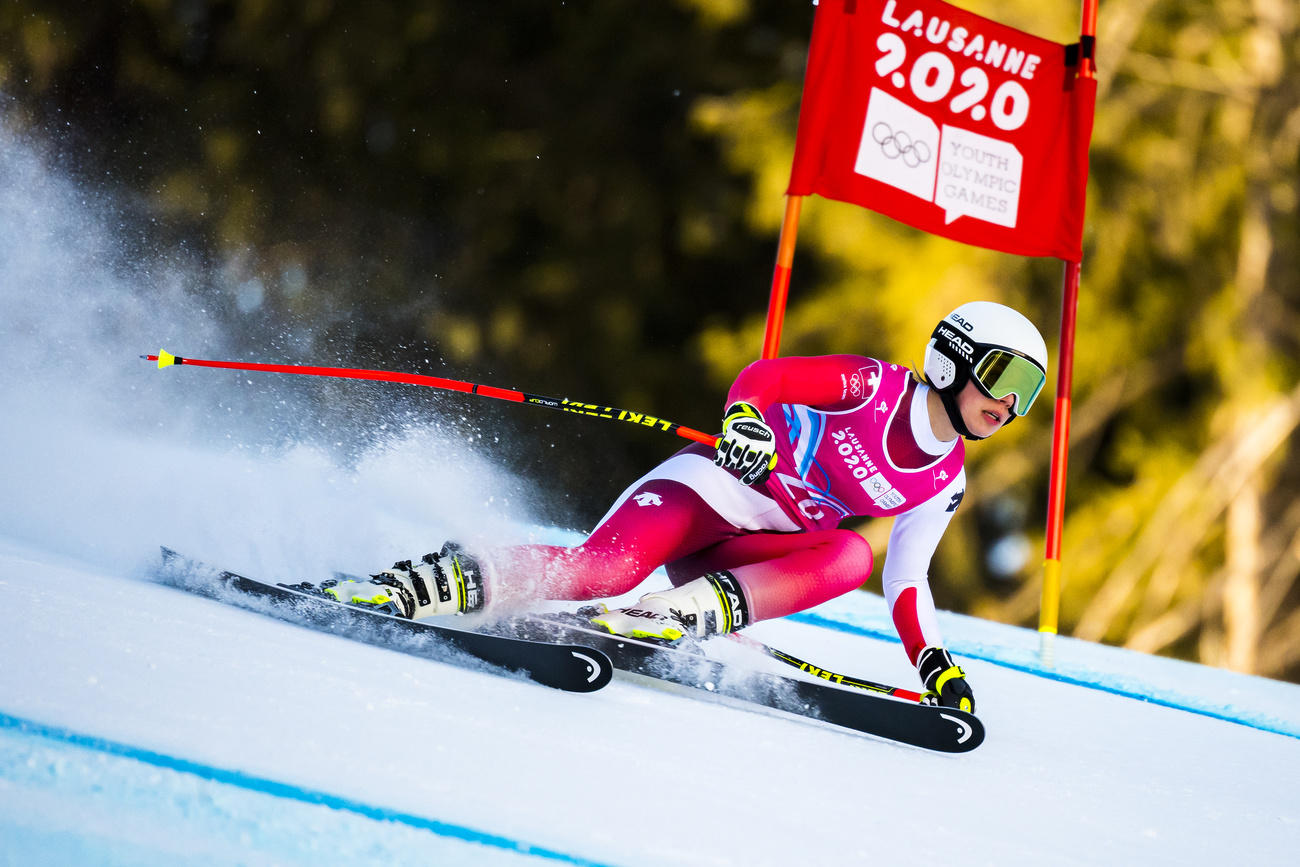
Lausanne in western Switzerland – the ‘Olympic capital’ – is currently hosting the 2020 Winter Youth Olympic Games. New sports, futuristic athlete housing and mixed-nation teams are among the concepts being given a trial run at the event.
The basics
The 2020 Winter Youth Olympic GamesExternal link are taking place from January 9-22 in Lausanne and at seven other locations in three Swiss cantons, as well as at Les Tuffes over the border in France. They bring together a record 1,872 athletes aged 15-18 from 79 countries. Eight winter sports and 16 disciplines are featured, such as ice hockey, ice skating and downhill skiing, as well as some new sports (see below).
A ‘laboratory’
Lausanne 2020 is the 3rd edition of the Winter Youth Olympics, after Innsbruck (2012) and Lillehammer (2016). The Youth Olympics were the brainchild of former International Olympic Committee (IOC) President Jacques Rogge and were designed as a way of reinvigorating interest in the Olympics and as a response to growing global concerns about childhood obesity and the decreasing participation of young people in sports.
IOC officials describe the Youth Olympics as a laboratory where international sports federations can try out new disciplines and formats, and where organisers can test new concepts which may later be introduced in the senior Games. For example, the growth in the number of participants in Lausanne has been enabled by a two-wave system with athletes from week one leaving to make room for a second wave whose events start in week two.
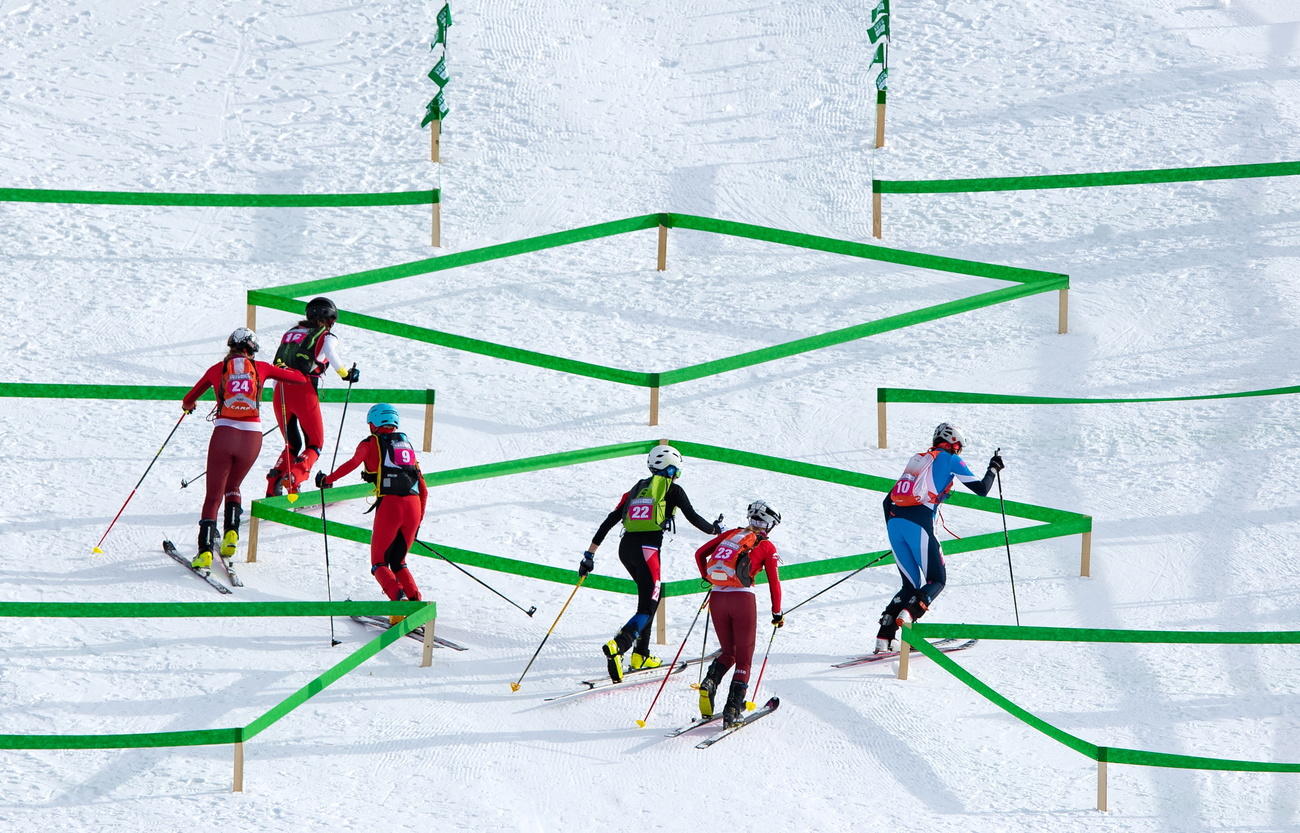
New sports
Ski mountaineering, climbing mountains on skis or carrying them, was debuted this year at Villars. Other new disciplines included three-on-three ice hockey and monobob, a single-seater bobsled.
New sports tested at the Youth Summer Games, including sport climbing and skateboarding in Nanjing in 2014, will make their full Olympic debuts at Tokyo 2020. The IOC recently also agreed to add the sports of baseball5, a street version of the game with five players per team, and wushu, a Chinese martial art, to the programme for the 2022 Youth Olympics in Dakar, Senegal.
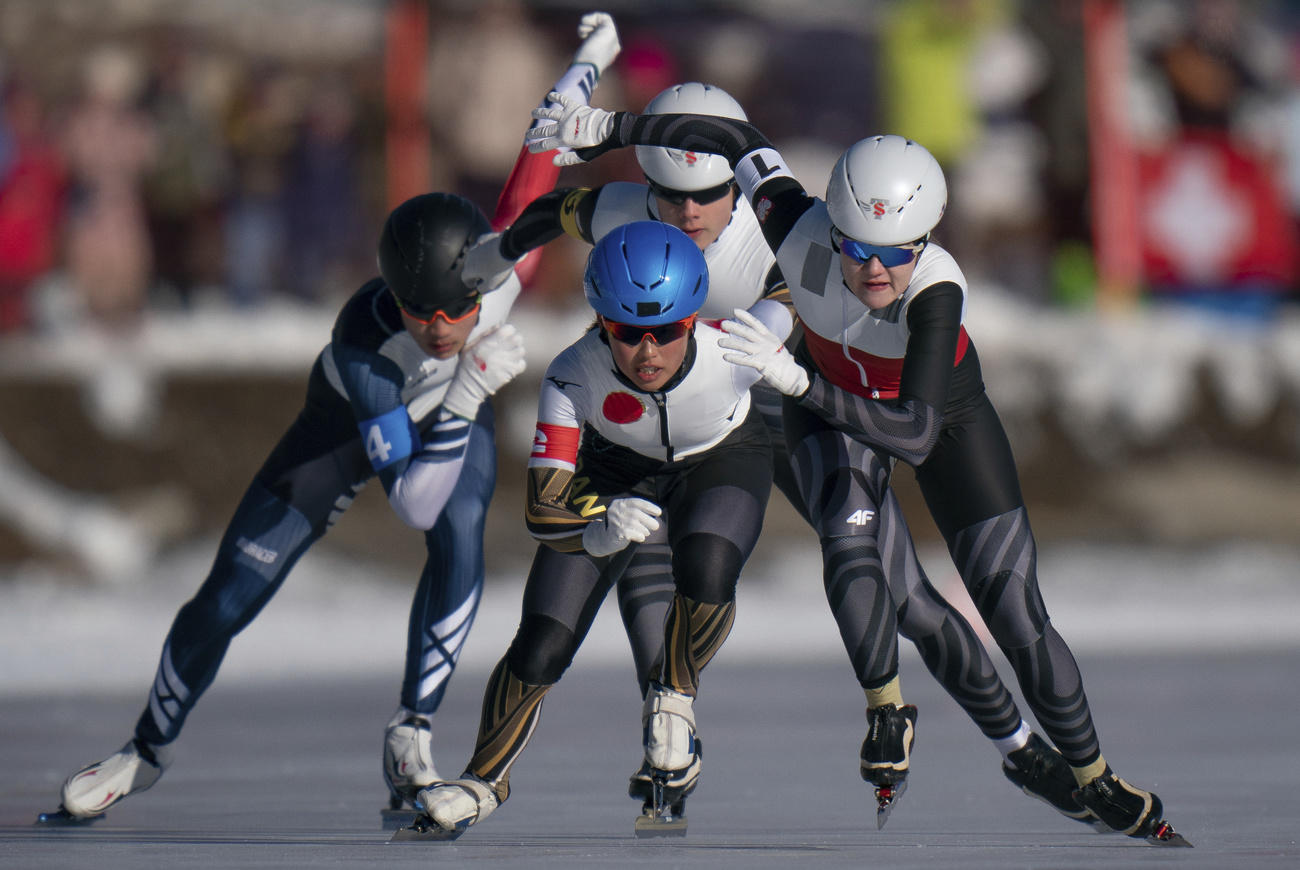
Gender parity, and mixed teams and nations
The Lausanne 2020 organisers claim it is the first gender-equal edition of the Winter Youth Olympics, with the same number of male-female participants and events for both genders. At the PyeongChang 2018 Olympic Winter Games 41% of participants were women, while for Tokyo 2020 the figure is expected to rise to 48.6%.
Mixed events are also being trialled in Lausanne for biathlon, Nordic combined, curling, luge, skating (figure skating, speed skating and short track speed skating), ski jumping, ski-snowboard cross, alpine skiing and ski mountaineering. In Lausanne, three-on-three ice hockey and the ski mountaineering relay will feature mixed teams.
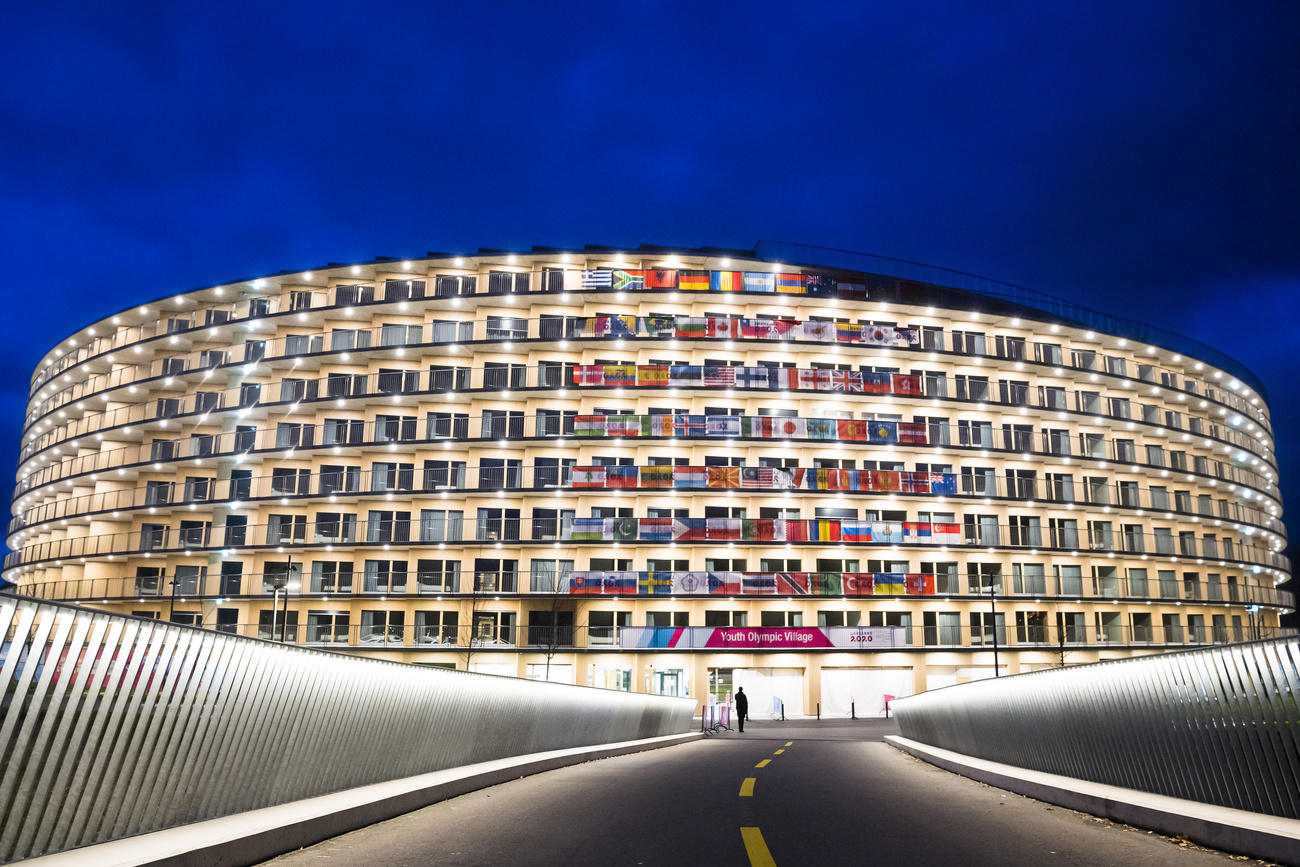
Sustainable?
Lausanne 2020 President Virginie Faivre insists that the Lausanne games are ‘sustainable’, in line with Agenda 2020, the IOC’s reform strategy to lower budgets and reduce the complexity of the Olympics via flexible multi-site bids and cheaper strategies based on existing facilities. Faivre says nothing new has been built or renovated for the games, which simply helped accelerate existing projects. The Lausanne games stayed within their $40 million budget.
Athletes and their entourages are being housed at the Vortex, a futuristic wooden donut-shaped building completed last year. From autumn, it will be used as accommodation for around 1,000 students, staff and academic visitors of the University of Lausanne.
The opening ceremony for the Lausanne Games and ice hockey events were held at the new Vaudoise Arena, which will also host games at the men’s hockey world championships in May. It was built on the site of the demolished Patinoire de Malley and now is home to the Swiss ice hockey club Lausanne HC.
The organisers boast that 80% of accredited athletes and coaches have used buses or trains to travel from the Olympic Village to event sites.
But climate activists such as Extinction Rebellion Lausanne and Climate Strike Vaud have criticized the organisation of Lausanne 2020, in particular the use of snow cannons, a demonstration by the Patrouille Suisse aerobatics team and the transporting of snow to competition sites.
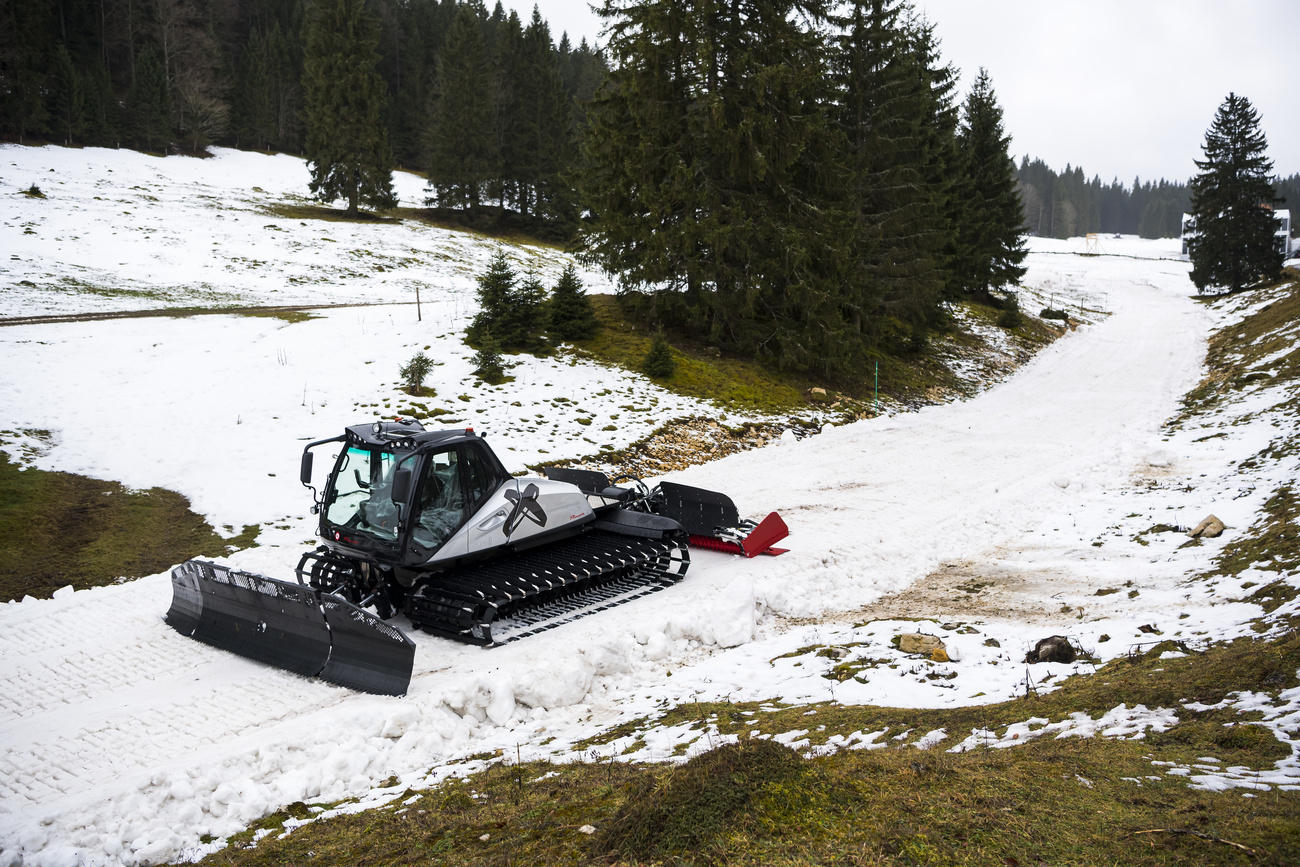
Warm weather
Unusually warm weather this winter combined with a lack of snow and heavy rain have affected preparations. The organisers had to wait until just days before the start to confirm that the St Moritz lake was iced up and ready for speed skating events.
Following rainfall at Les Diablerets, the ski run had to be shortened by several hundred metres to allow the Alpine competitions to go ahead. The lack of snow is also a concern at the Grandes-Roches site in the Joux Valley, where cross-country skiing is taking place.
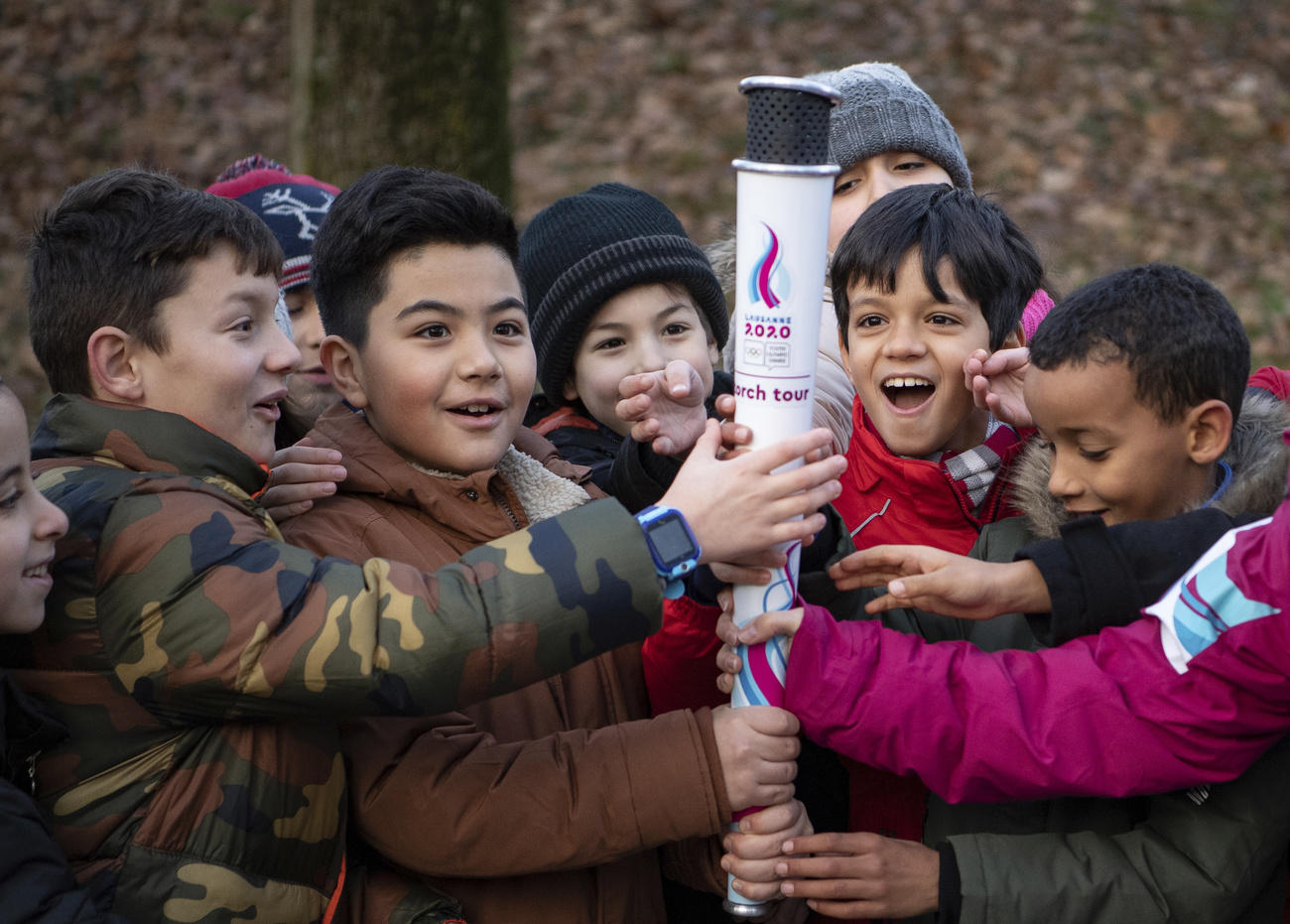
The verdict?
Lausanne 2020 are the first winter Olympics to be held in Switzerland since 1948 and St Moritz. Previous plans for Winter Olympics in Switzerland have all failed due to fears about the financial and environmental costs. Most recently, in 2013, voters in canton Graubünden vetoed a local candidacy for the Winter Olympics in 2022.
The Swiss authorities, keen to rekindle interest in the Olympics, and IOC officials, looking to validate Agenda 2020 principles, are therefore crossing their fingers that all goes well. Faivre said 170,000 spectators had attended events in the first week, 65,000 of whom were schoolchildren.
Christophe Dubi, IOC executive director for the Olympic Games, claims Lausanne 2020 has so far been a “resounding success”.
“The Youth Games incarnate the spirit of Agenda 2020, in the sense that the event is adapted to the region and not vice-versa,” Melina Parent, professor of sports event management at the University of Ottawa, told Le Temps in a recent interview. “Where possible, the organisers used infrastructure that was already available, and new constructions responded to existing needs. Everything was well thought out from the start.”
While it was hard to imagine the bigger Games aligning themselves to the Youth Games, she felt that many less visible innovations being tested in Lausanne, such as IT and accreditation systems, could be deployed later.
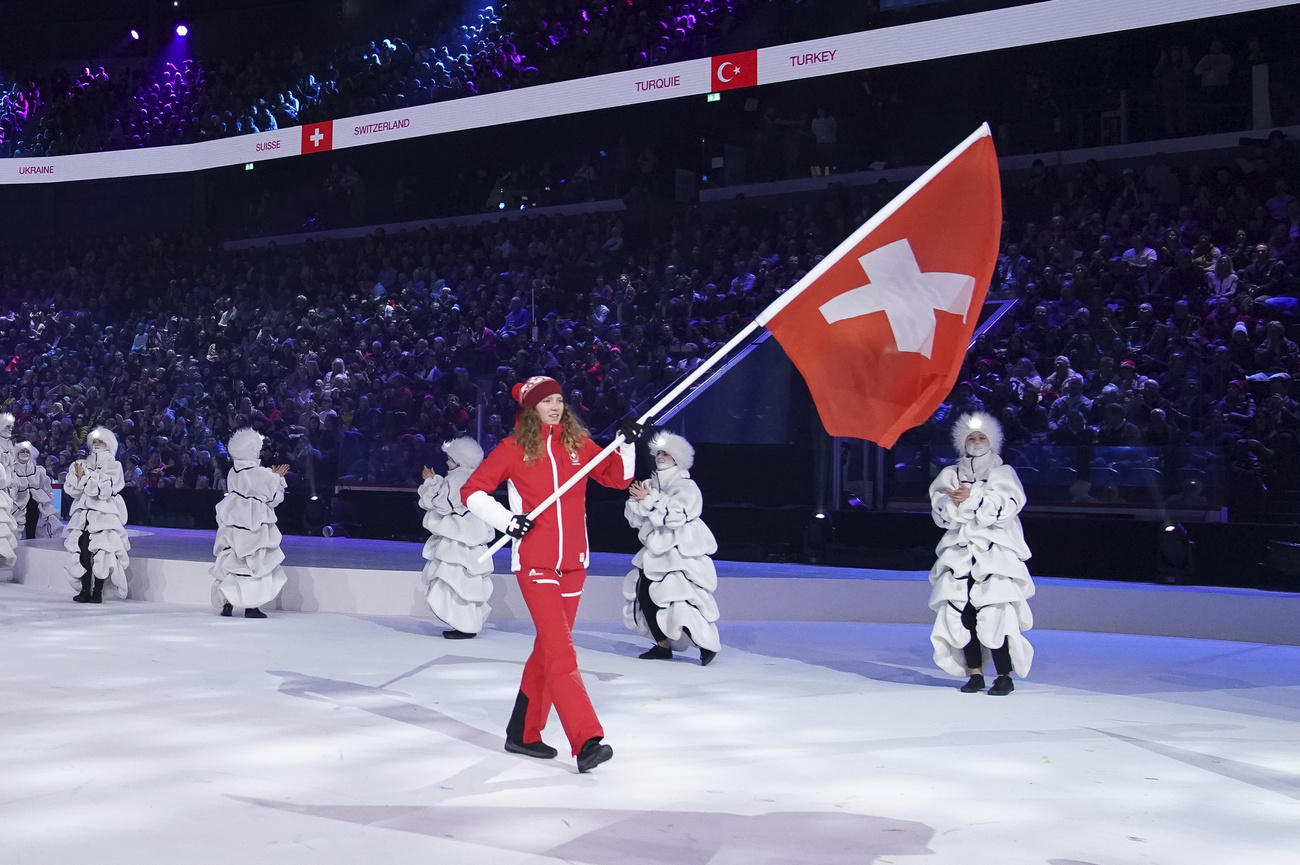
More
Winter Youth Olympics launched in Lausanne

In compliance with the JTI standards
More: SWI swissinfo.ch certified by the Journalism Trust Initiative

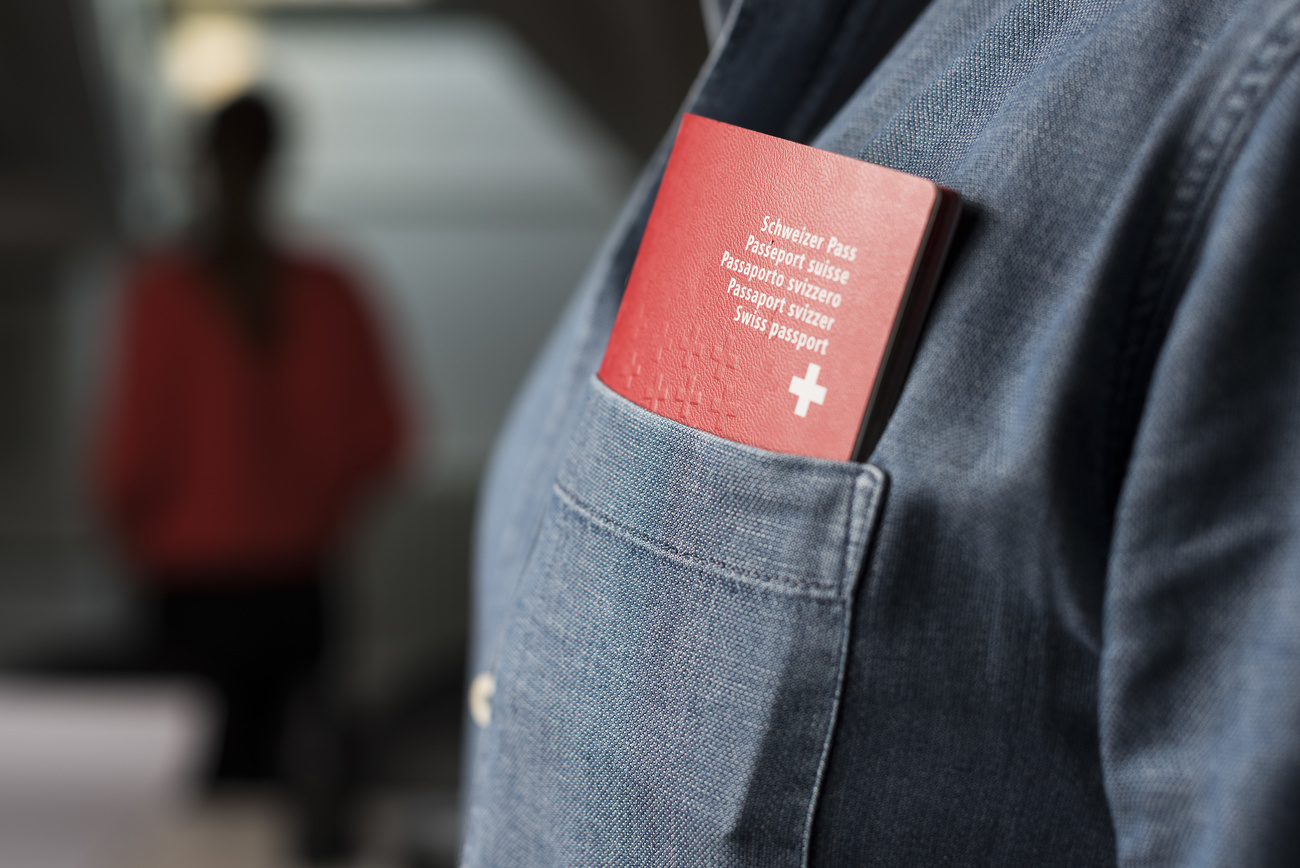
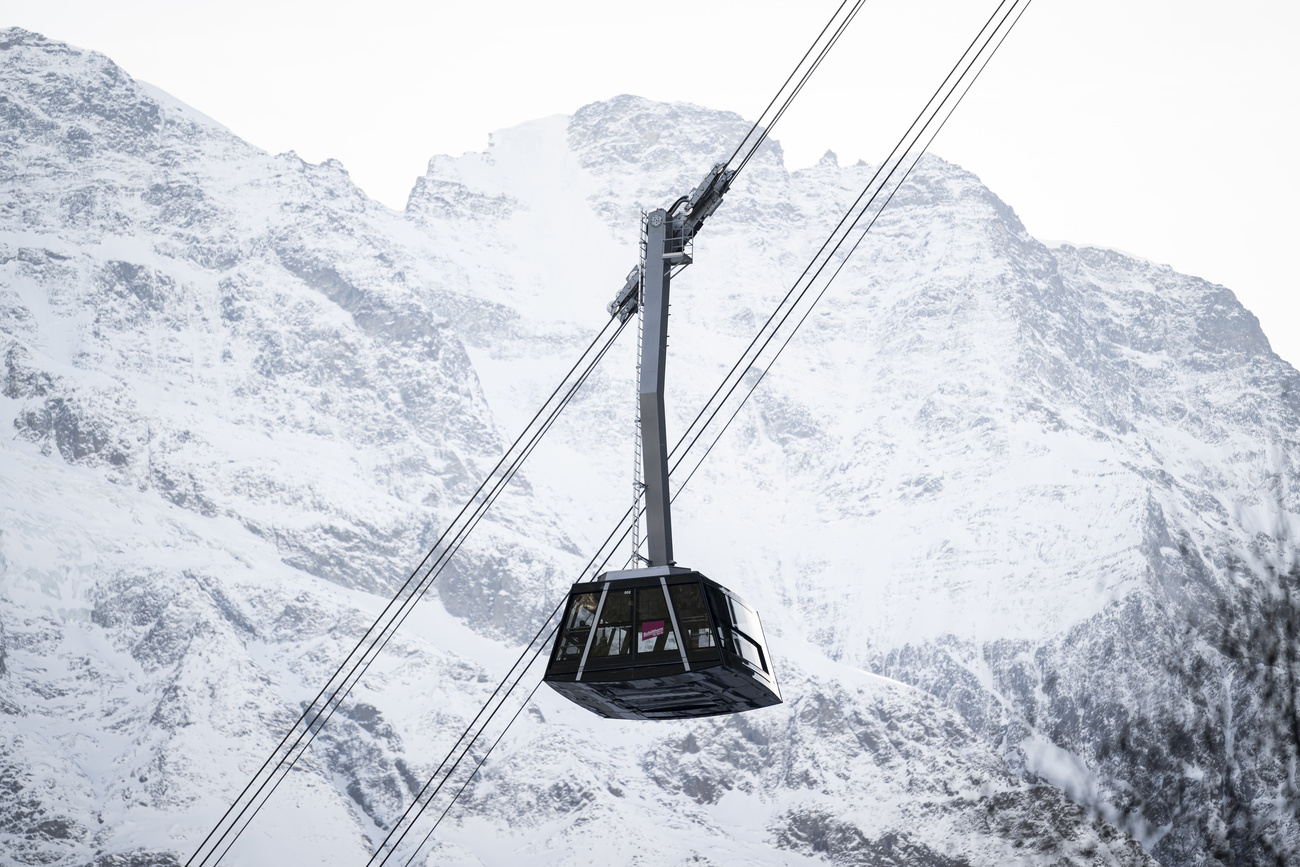
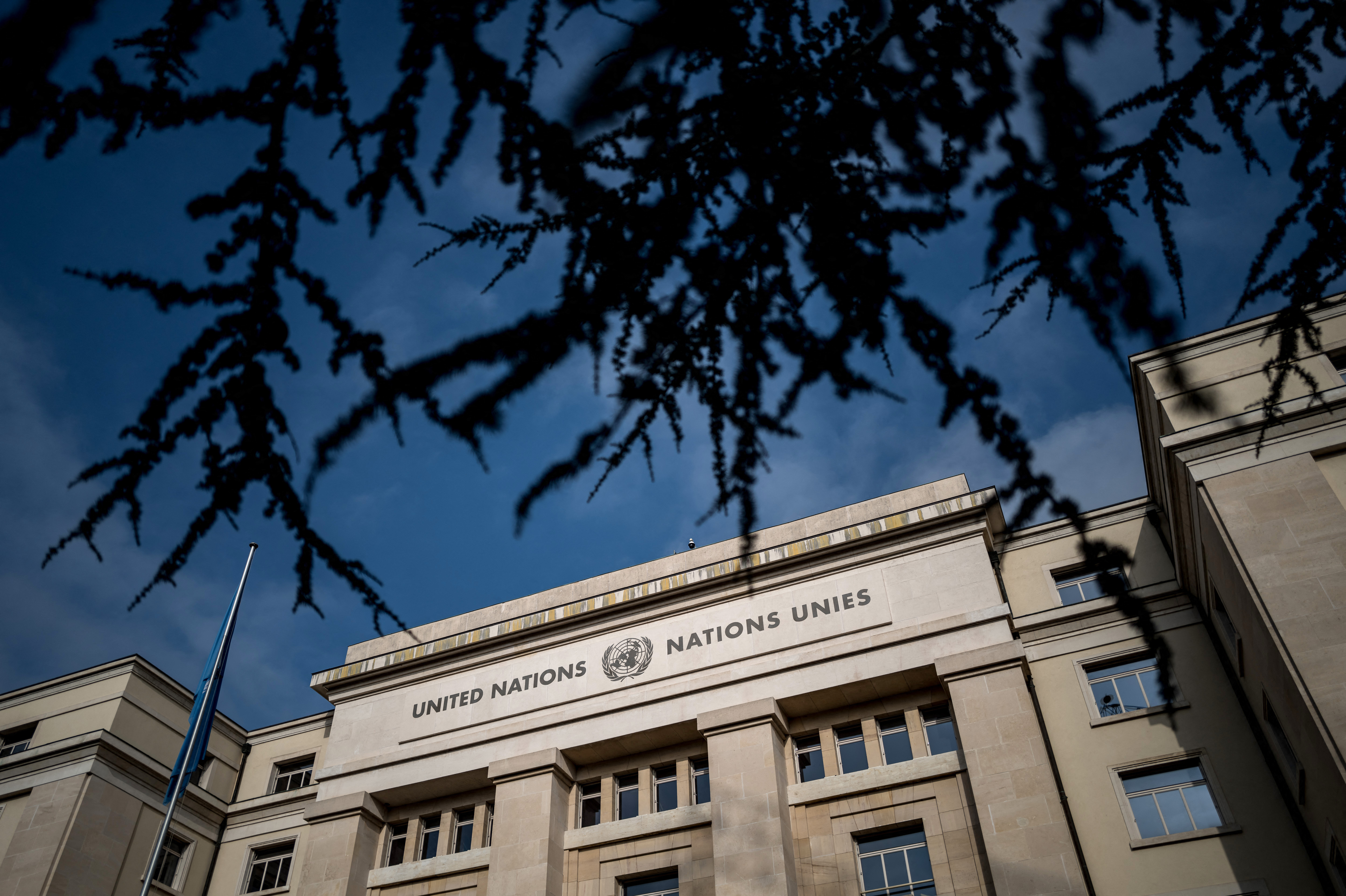
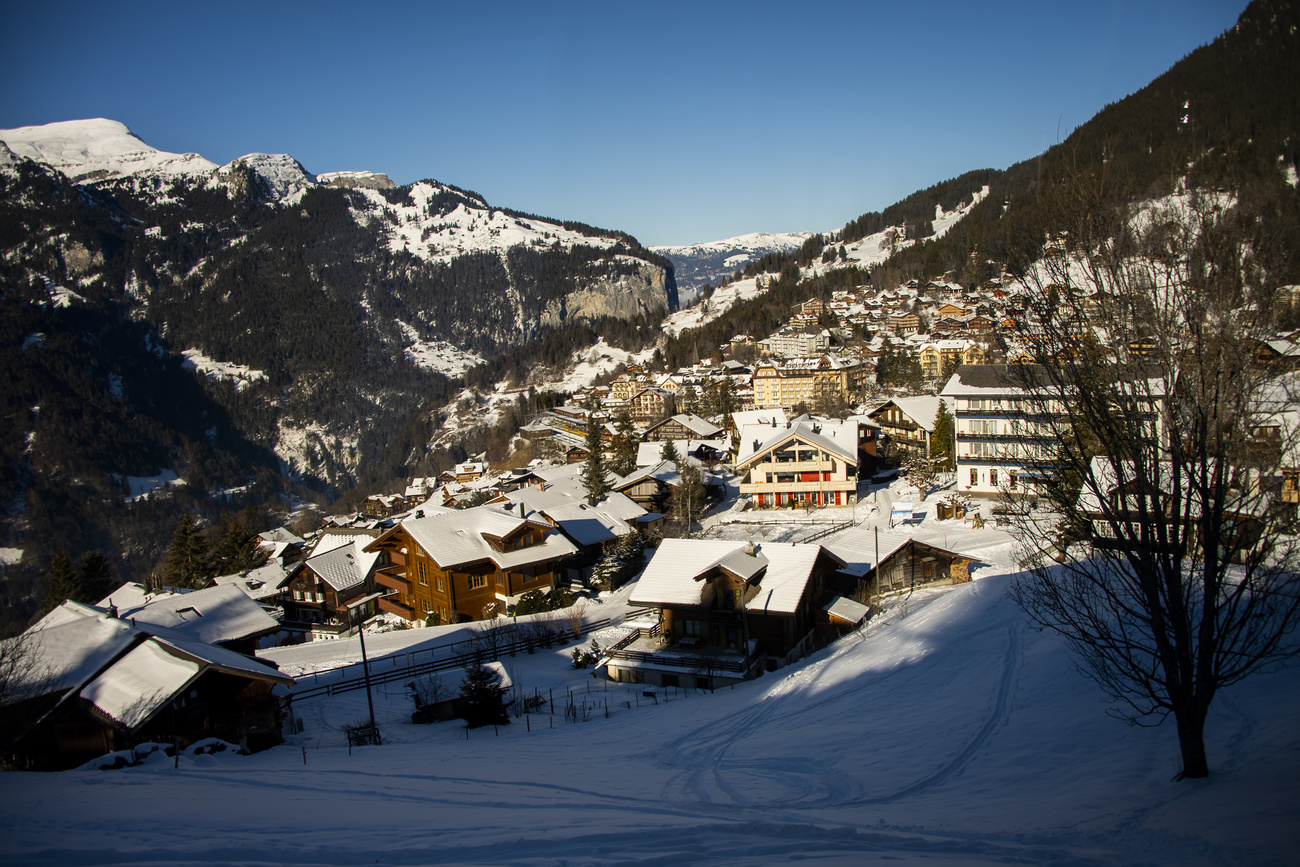
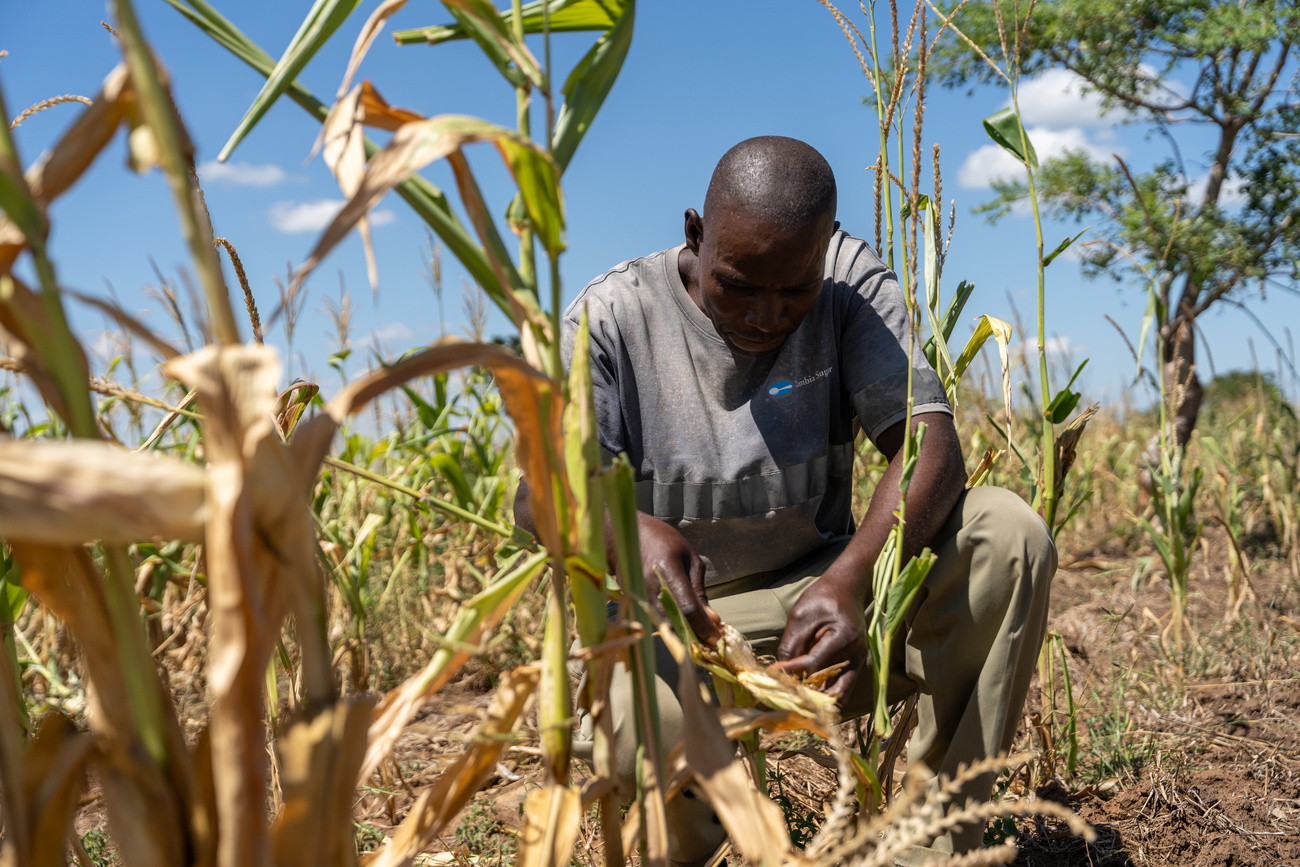


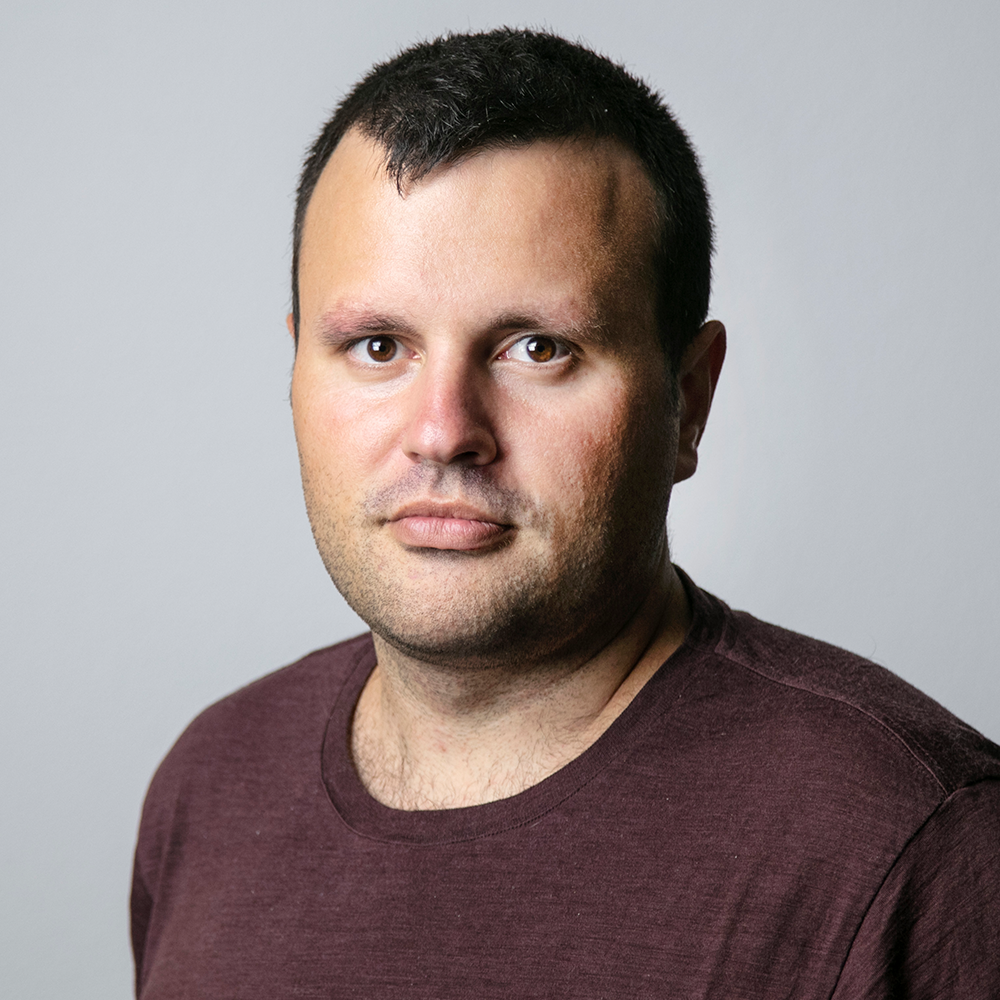

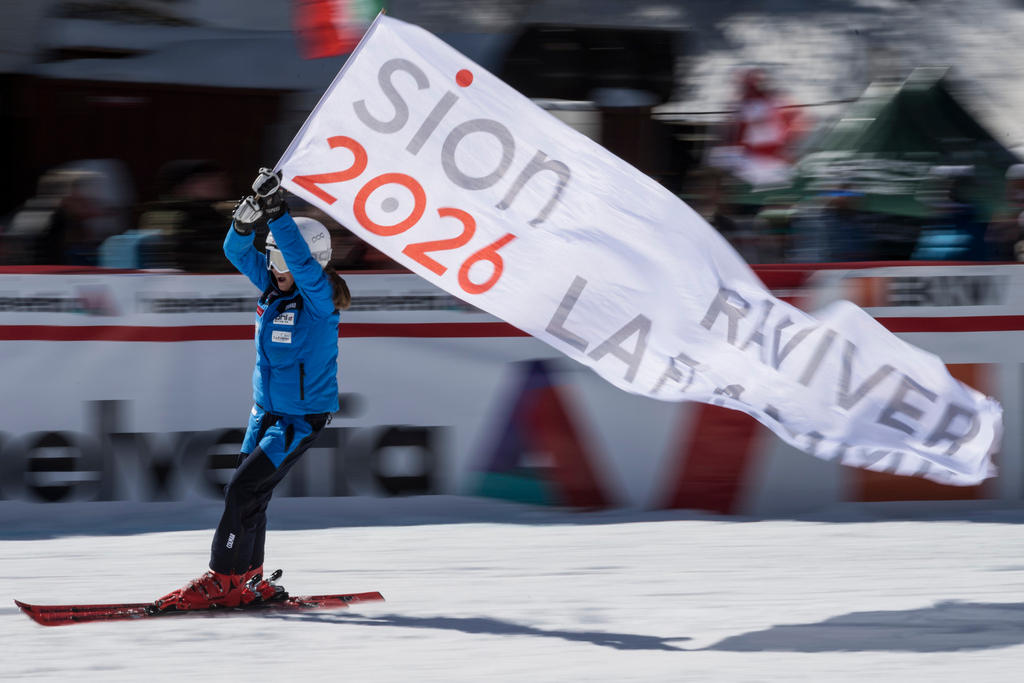

You can find an overview of ongoing debates with our journalists here . Please join us!
If you want to start a conversation about a topic raised in this article or want to report factual errors, email us at english@swissinfo.ch.